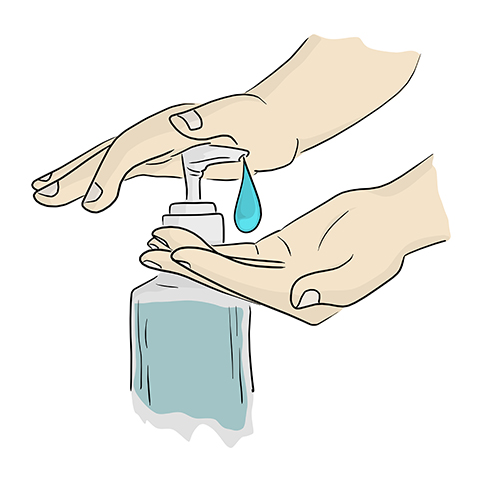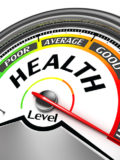
Photo: Deposit Photos
One of the best ways to prevent the spread of COVID-19 is to wash your hands with soap and water. If soap and water are not available, the Centers for Disease Control and Prevention (CDC) recommends using an alcohol-based hand sanitizer that contains at least 60 percent ethanol (also known as ethyl alcohol).
The FDA regulates hand sanitizer as an over-the-counter drug, available without a prescription. They test hand sanitizers for quality because it is a product they regulate. They discovered serious safety concerns with some hand sanitizers during recent testing, including:
- Contamination with potentially toxic types of alcohol
- Not enough active ingredient (ethyl alcohol or isopropyl alcohol)
- Labels with false, misleading, or unproven claims
- Some hand sanitizers have been recalled and there are more than 150 hand sanitizers the FDA recommends you stop using right away.
Check the FDA’s Do-Not-Use List
Before you buy hand sanitizer or use hand sanitizer you have at home, the FDA recommends checking their do-not-use list at www.fda.gov/handsanitizerlist. The list is updated regularly as new test results are released. Bookmark the list in your web browser so that you can check each hand sanitizer before using it.
 How to Search FDA’s Hand Sanitizer Do-Not-Use List
How to Search FDA’s Hand Sanitizer Do-Not-Use List
Go to www.fda.gov/handsanitizerlist.
Click or tap on the red button that says, “Hand sanitizers consumers should not use.”
Scroll down the page to the search box at the top of the do-not-use list.
Using the information on the hand sanitizer label, type one of the following in the search box:
-
- Product or brand name
- Manufacturer, or the company that produced the product (may not be included on the product label)
- Distributor, the company that brings the product to market
- NDC or National Drug Code number (may not be included on the product label)
- Do not use any hand sanitizer made by manufacturers on the list.
If the manufacturer is not listed on the label, contact the distributor to find out who manufactured the product. If the distributor refuses to clarify this information when you contact them, the FDA recommends not using the product.
Use the step-by-step guide to search the do-not-use list at www.fda.gov/handsanitizerlist.
If Your Hand Sanitizer Is on the Do-Not-Use List
If you have a hand sanitizer on the do-not-use list, or one made by a manufacturer on the list, stop using it immediately. Throw it away in a hazardous waste container, if you can. Do not flush or pour the product down the drain or mix it with other liquids. If you do not have hazardous waste disposal where you live, contact your trash or recycling company or your local government to ask where you can get rid of hazardous waste.
Methanol and 1-Propanol Are Toxic
There are many types of alcohol. Only ethyl alcohol and isopropyl alcohol (also known as 2-propanol) are acceptable alcohols in hand sanitizer. Other types of alcohol, including methanol and 1-propanol, are not acceptable in hand sanitizer because they can be toxic to humans. Recent FDA safety testing discovered some hand sanitizers contaminated with these potentially toxic types of alcohol.













